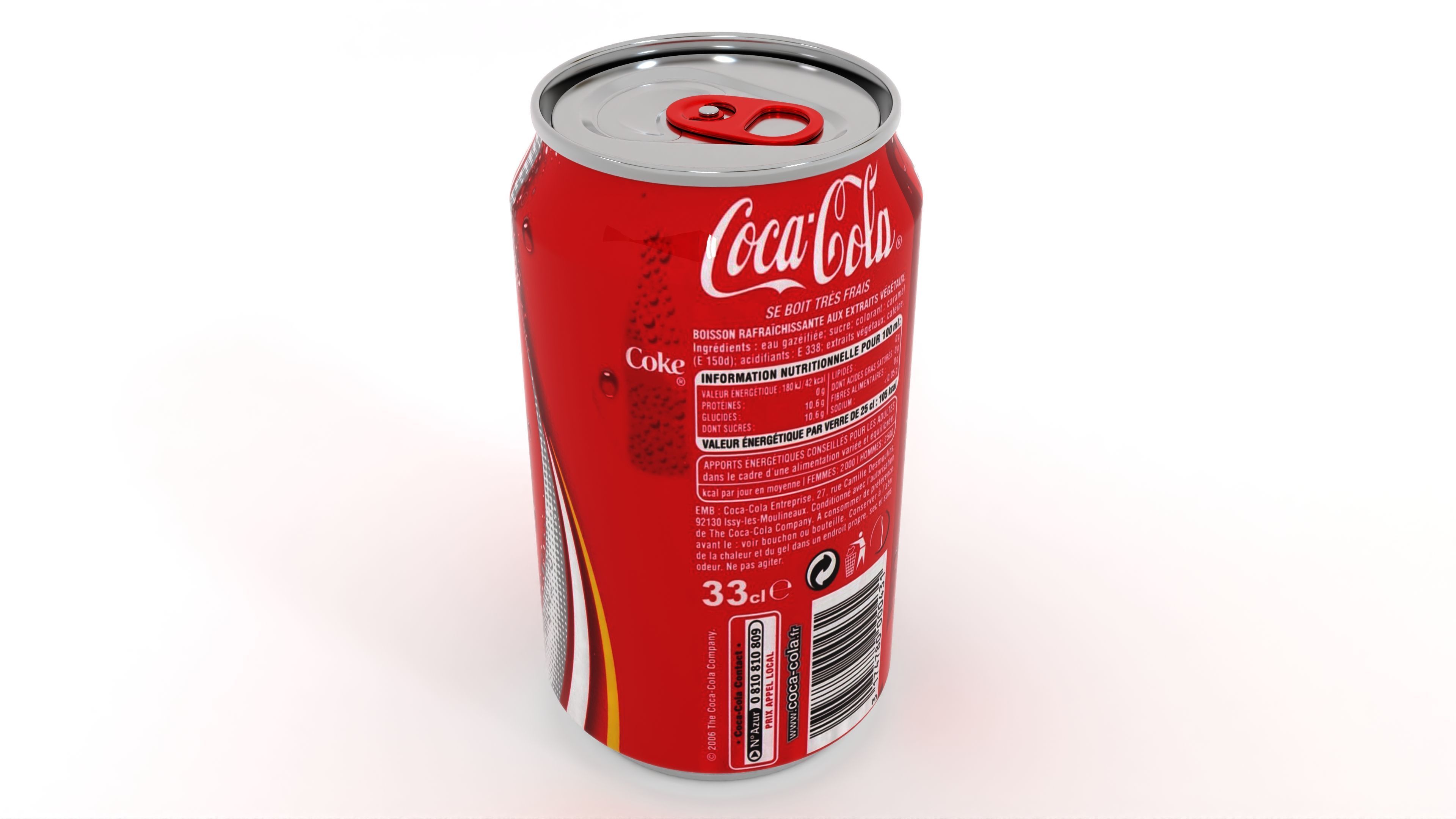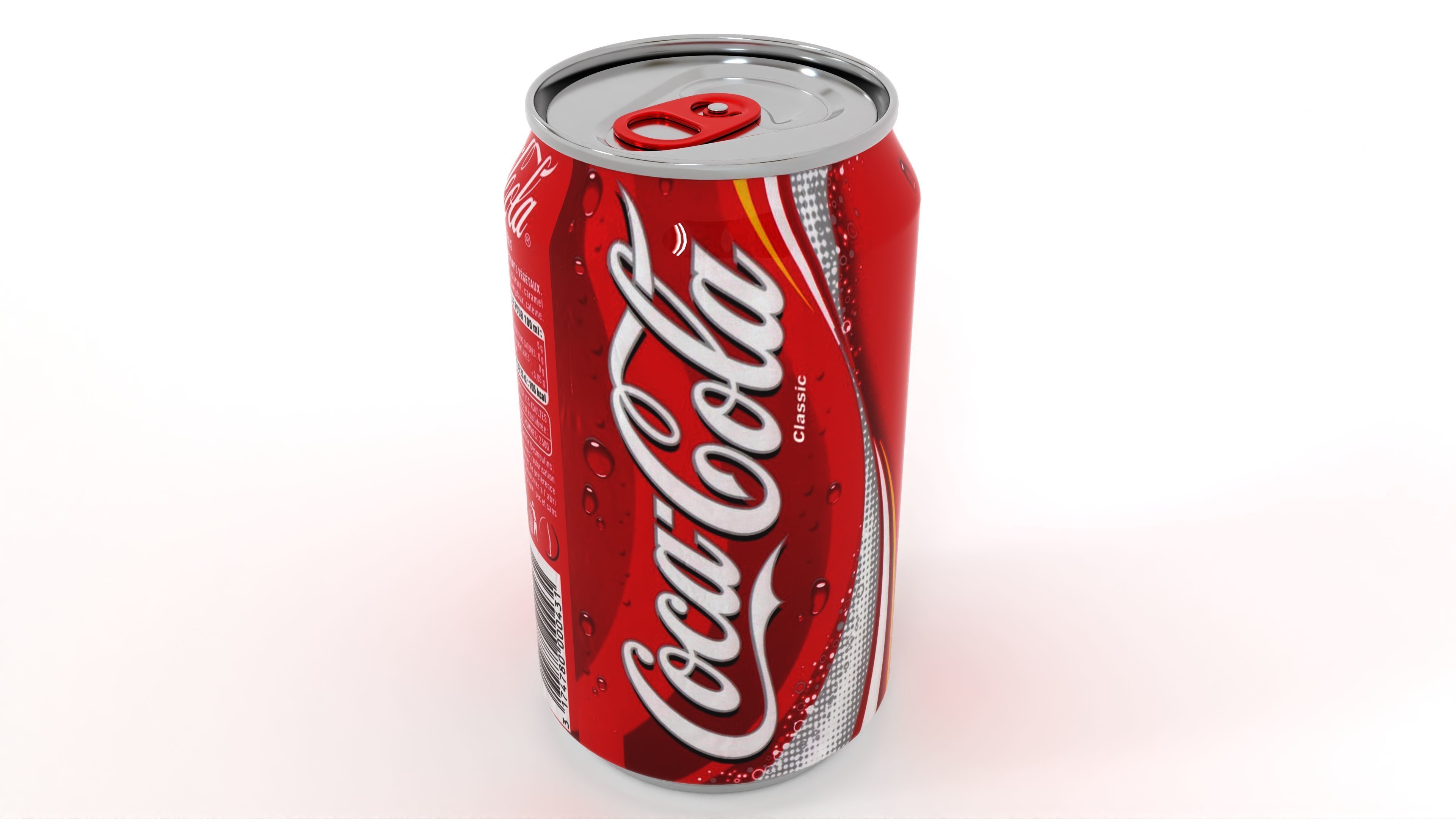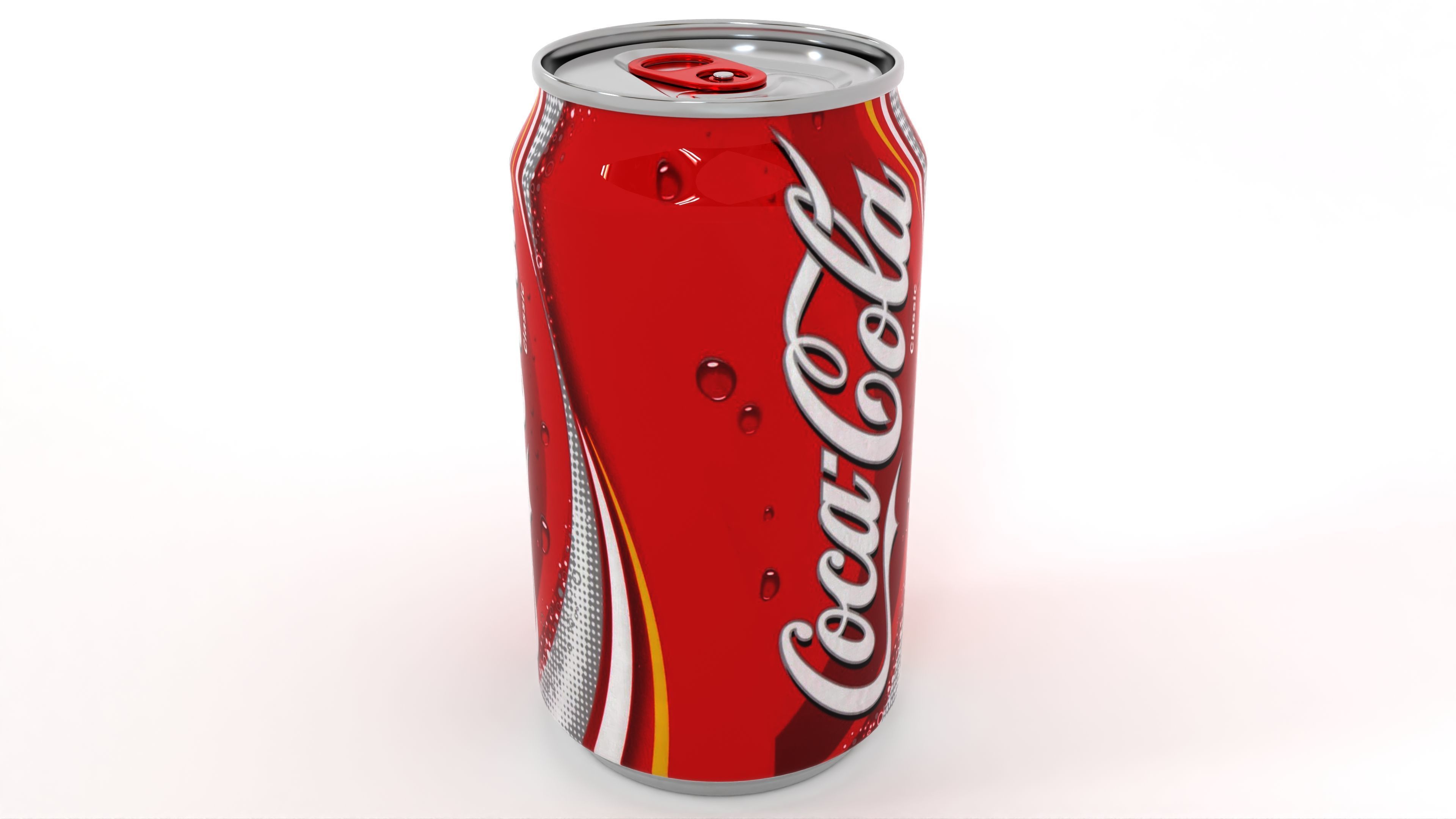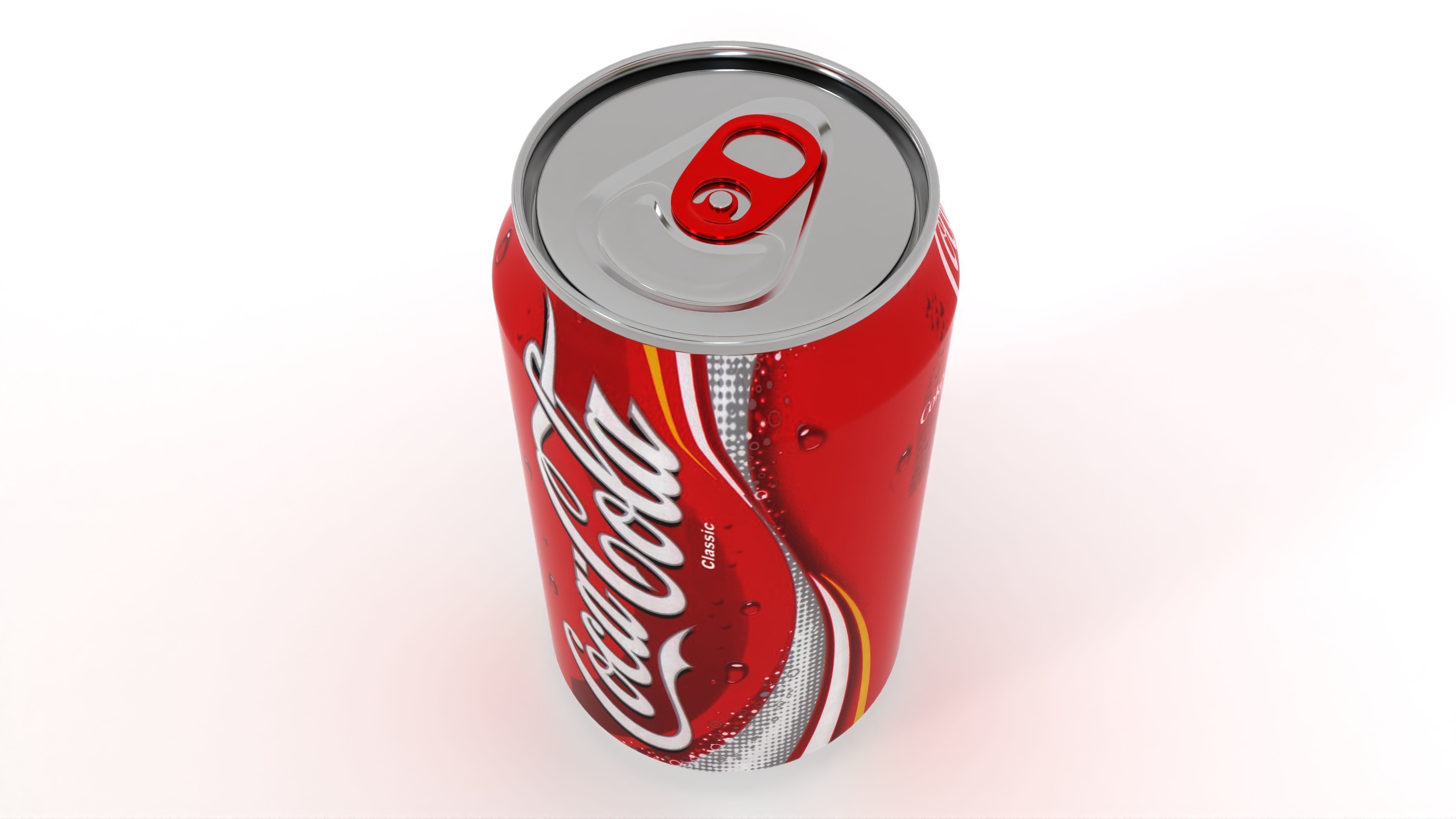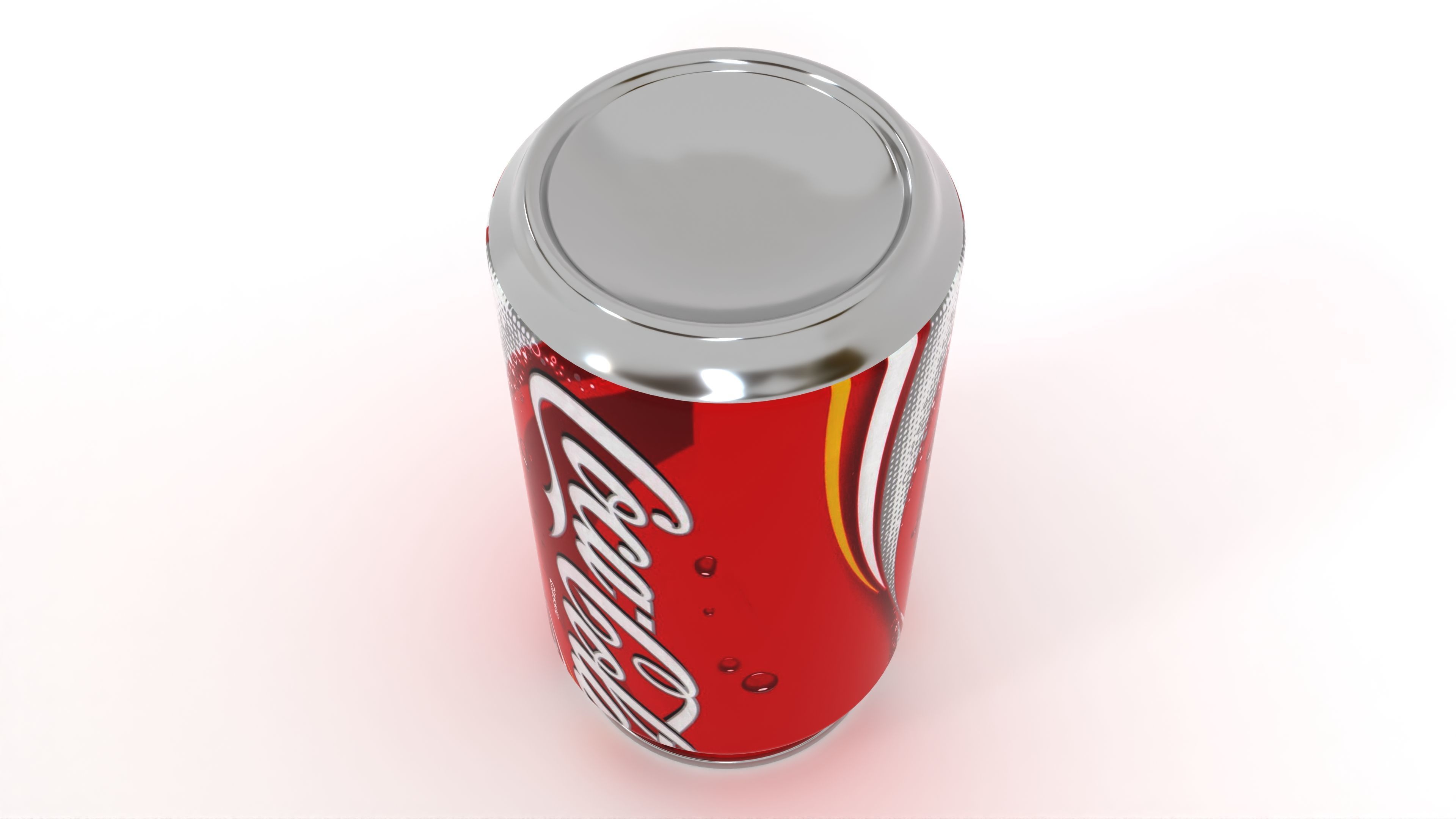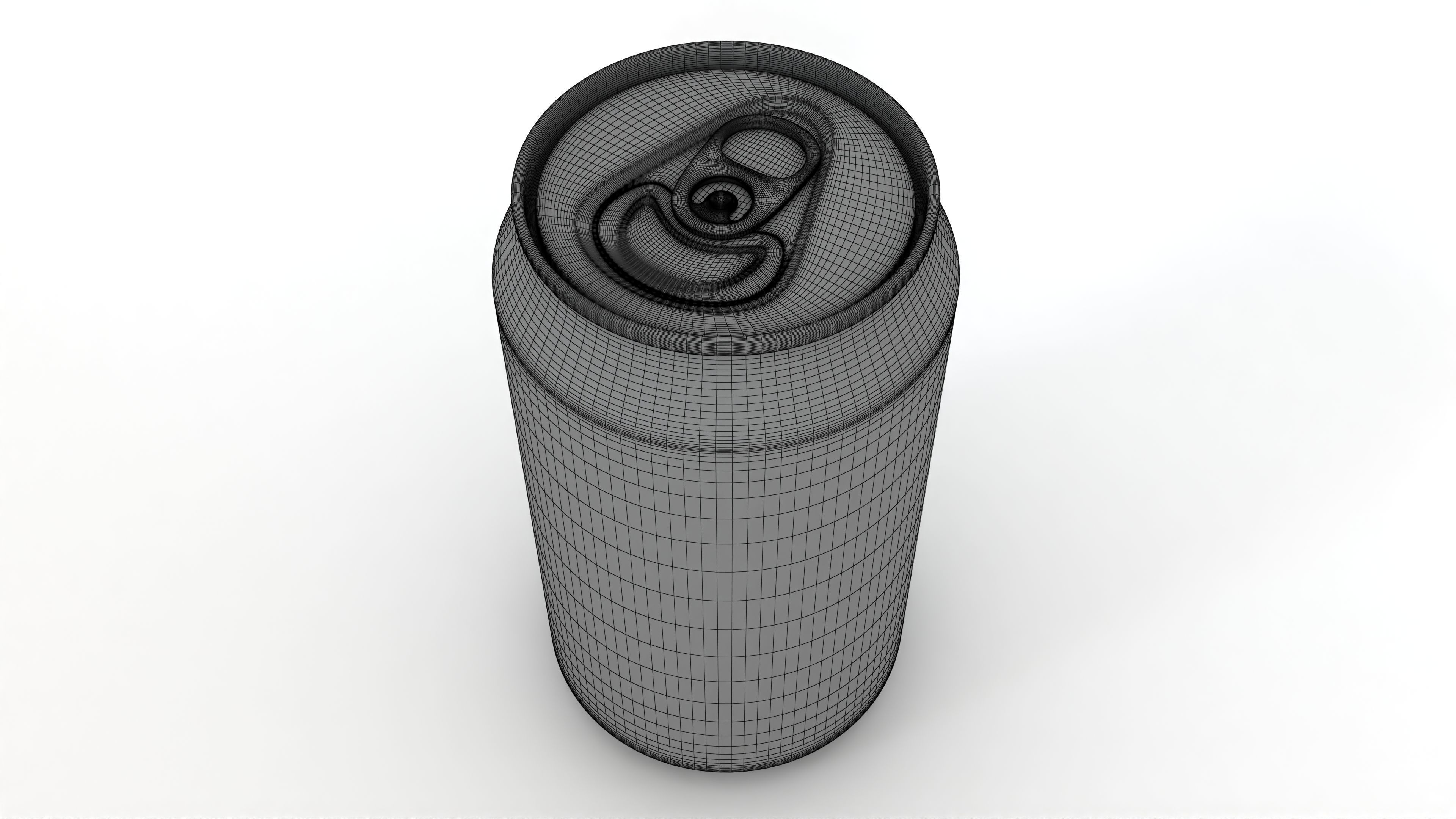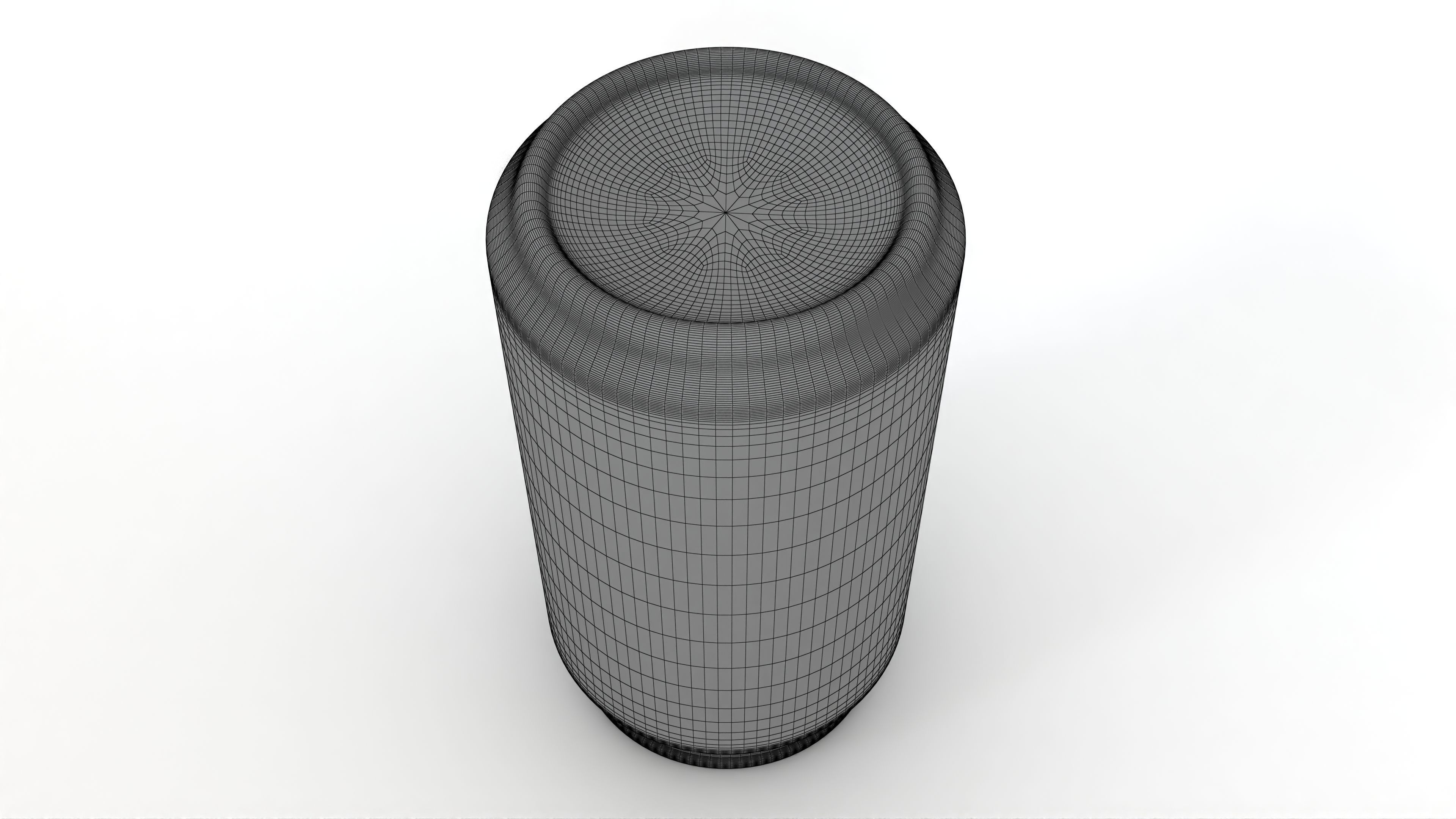
Coca-Cola Can 3D model
This Coca-Cola Can was modeled under 3Ds MAX 2020, the materials, Textures, Lighting and the rendering under V-Ray 7.
A Brief History of the Coca-Cola CanThe Coca-Cola can has evolved significantly since its introduction, reflecting advancements in technology, marketing, and environmental awareness.
The Beginning (1955)Coca-Cola first introduced its iconic beverage in cans in 1955. These early cans were made of heavy steel and required a can opener (known as a church key) to puncture the lid. This innovation was designed to make Coke more portable and accessible, especially for outdoor events.
The Pull-Tab Era (1960s)In 1962, the pull-tab was introduced, eliminating the need for a separate opener. This innovation made the can more convenient but led to environmental concerns as discarded pull-tabs littered the environment.
The Stay-On Tab (1975)To address littering issues, Coca-Cola adopted the stay-on tab in the mid-1970s. This design, where the tab remains attached to the can, is still in use today and set a new standard for beverage packaging.
Aluminum Revolution (1967)In 1967, Coca-Cola began using aluminum cans, which were lighter, easier to recycle, and less prone to rust compared to steel. This shift not only improved the consumer experience but also made the cans more cost-effective to produce and transport.
Graphics and Branding EvolutionOver the decades, Coca-Cola continuously updated the design of its cans. From simple, bold logos in the early years to intricate seasonal and promotional designs, the can became a canvas for marketing campaigns. Special editions, such as holiday-themed cans or commemorative designs for events like the Olympics, further cemented its iconic status.
Environmental Innovations (1990s-Present)Starting in the 1990s, Coca-Cola committed to sustainability by making its cans more environmentally friendly. Today, Coca-Cola cans are made with up to 70% recycled aluminum, and the company has set ambitious goals to increase recycling rates worldwide.
Modern EraToday’s Coca-Cola cans are sleek, lightweight, and available in a variety of sizes. They continue to serve as a global symbol of refreshment and innovation, combining convenience, design, and sustainability.
This journey of the Coca-Cola can highlights its adaptability and the brand’s commitment to meeting consumer and environmental needs.

